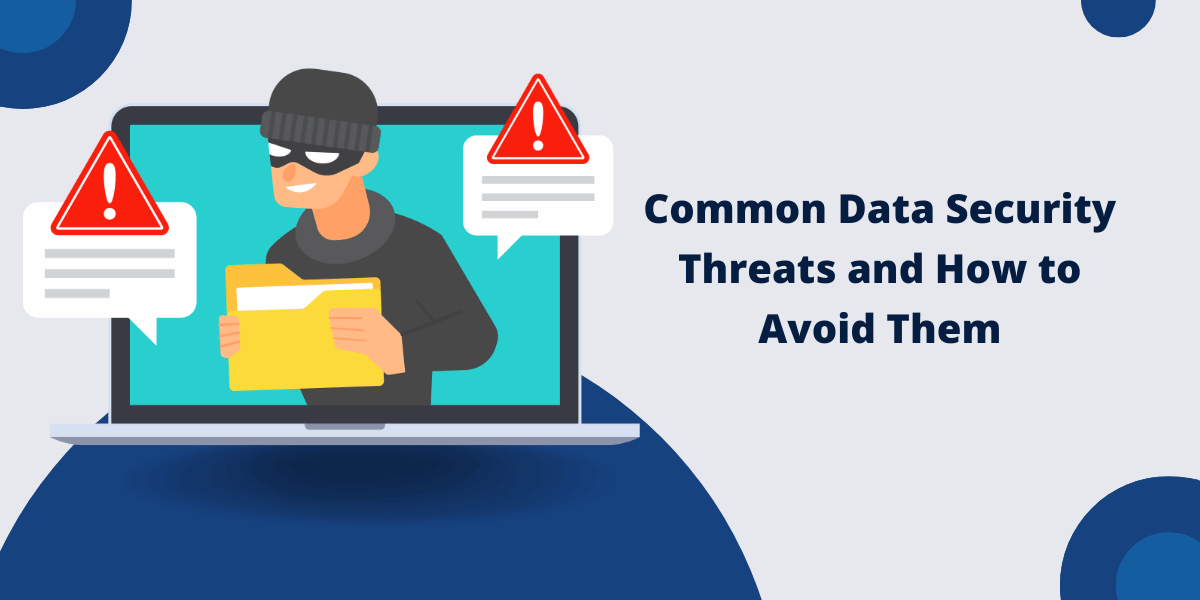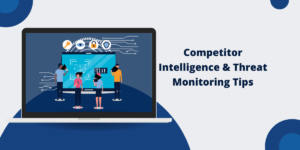Understanding Common Data Security Threats
During the age of innovative technology and quick development, data has become one of the most significant assets. Both companies and individuals. Data protection has become a critical task. In the aftermath of all, cybercriminals are continuously seeking new ways to destroy, steal, or alter data. Data security threats are becoming more complex, which makes them extremely dangerous to organizations and consumers. Throughout this article, we will examine the most prevalent data security issues and how to stay away from them.
What Are Security Threats?
They encompass any actions that may result in unauthorized access to information, alteration, destruction, or theft. So, they are external attacks by hackers and inside dangers from unethical employees. It can even be software bugs. These errors leave vulnerabilities for attackers. With the development of digital technologies, data security threats are becoming more sophisticated. Companies face the following:
- Ransomware Attacks
- Phishing
- Account Hacking
- Theft of Confidential Information
To properly protect your data, you must first understand the main types of dangers and how to prevent them.
Along with data security, an important milestone in modern digital technology is the creation of visual content. Tools similar to DALL E 3 image generator allow users to generate high-quality images based on text descriptions. This creates new potential for commercial communication, and especially innovative communication. So, in answering the issue of how to use DALL E, we can state that this tool allows you to generate unique images in just a few clicks, and one of the most appealing aspects of this generator is that it’s accessible. The free DALL E image generator is capable of being used for a variety of applications. It is perfect for those who want to get a quick and effective result without professional design skills.
What are the Different Type of Security Threats
- Insider threats
- Malware Attacks
- Phishing
- Software Security Threats
Insider threats
We may define them as actions taken by company employees or others with access to internal systems. They can occur due to:
- Accidental Errors
- Intentional Criminal Acts
In any case, they have a high potential for harm.
To avoid insider threats, companies should take the following steps.
- Implement strict access to information policies
- Use tools to monitor activities within the network
- Conduct regular training for employees
Malware Attacks
Malware attacks are one of the most common types of threats to any company. They include:
- Trojans
- Viruses
- Spyware
- Ransomware
The latter block access to systems or files, demanding a ransom for their restoration. This often paralyzes the business.
To protect against all of the above, you need to:
- Update anti-virus software regularly
- Conduct security audits
- Use modern data encryption methods
- Implement a backup policy
Phishing
This is a kind of theft in which the attacker attempts to get confidential information through deception. It may be an email that seems like an official request or a bogus website that prompts people to input their identification information.
To avoid phishing attempts, follow these measures.
- Be alert to suspicious emails
- Check website domains before entering sensitive information
- Use two-factor authentication to protect your accounts
Software Security Threats
Hackers exploit weaknesses in program code to gain access to sensitive information. These can include bugs in already released software products and inconsistent security updates.
To protect against such threats, companies should:
- Perform regular updates to their systems
- Test software for vulnerabilities
- Use bug reports to resolve them
How to Avoid Top Data and Software Security Threats
- Data encryption
- Multi-factor authentication
- Employee training
- Regular security audits
Data encryption
It ensures that even in the event of theft, attackers cannot use the data without the appropriate decryption key.
Multi-factor authentication
It is regarded as one of the most effective means of guarding against account hacking. Utilizing an SMS code or authenticating software dramatically lowers the danger of unwanted access to data.
Employee training
The human factor remains one of the biggest risks. It is important to regularly train employees on:
- Cybersecurity
- Recognizing Phishing Attacks
- Proper Handling Of Confidential Information
Regular security audits
Businesses ought to carry out penetration testing and vulnerability assessments on a regular basis to uncover system flaws earlier than they become accessible by attackers.
Opinion
Data protection is a critical task for any organization as we live in the digital age. Data security threats are becoming increasingly complex. Therefore, companies need to stay one step ahead of attackers and apply best practices to protect and train their employees. They can minimize risks by implementing multi-factor authentication, encryption, regular software updates, and security audits. It should also be remembered that the most important part of any cybersecurity strategy is people. Therefore, raising awareness among employees and providing them with ongoing training will be another key to success in combating data threats.

Priya Mervana
 Verified Web Security Experts
Verified Web Security Experts
Priya Mervana is working at SSLInsights.com as a web security expert with over 10 years of experience writing about encryption, SSL certificates, and online privacy. She aims to make complex security topics easily understandable for everyday internet users.



